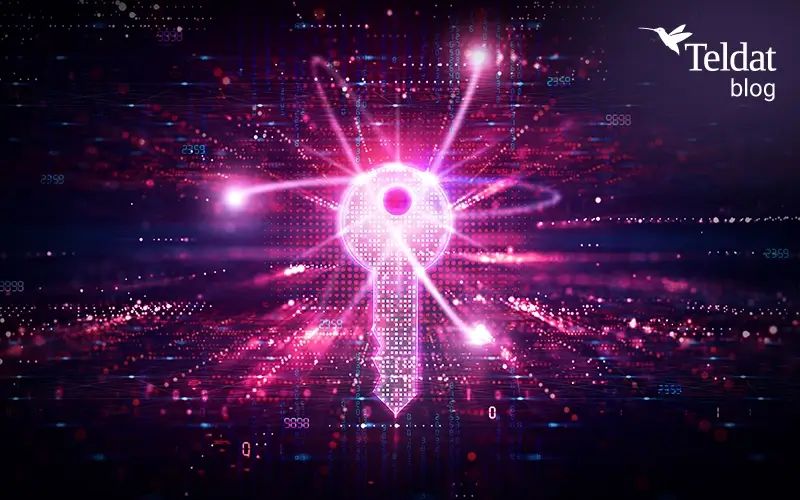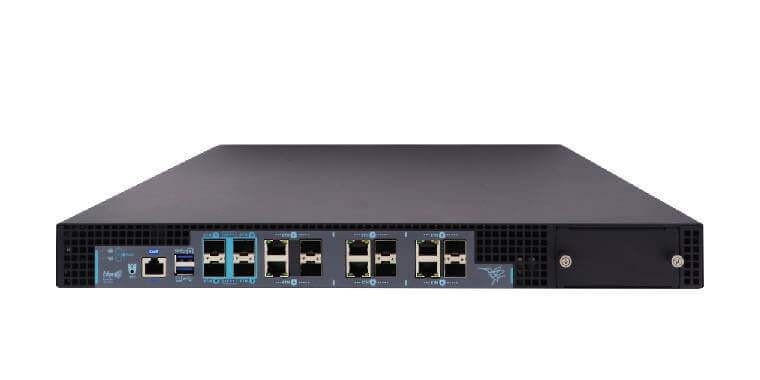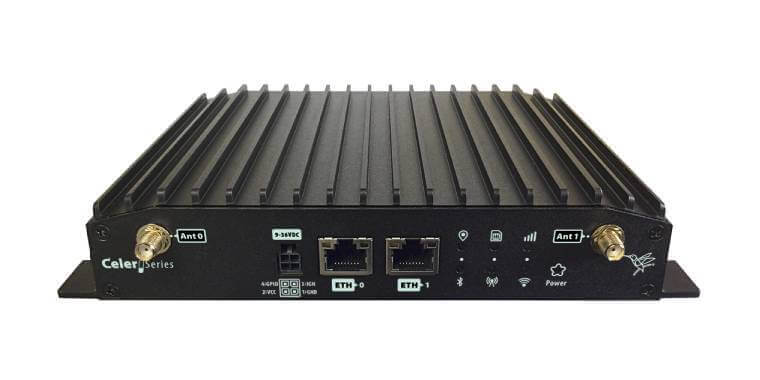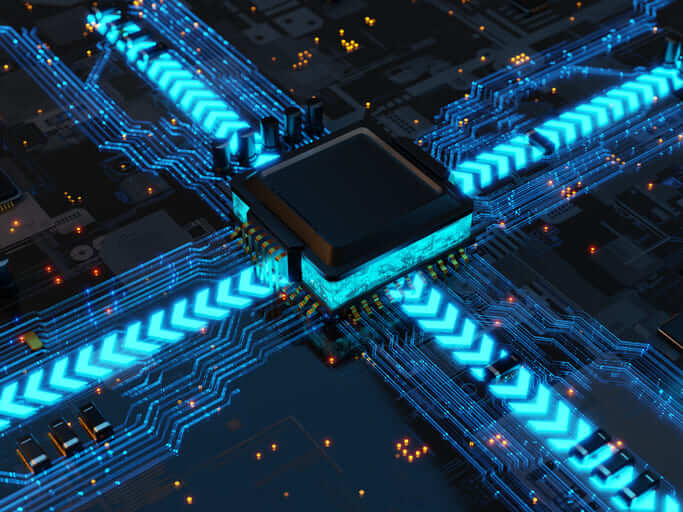Cryptography is the backbone of modern digital security, protecting everything from banking transactions to personal communications. However, advances in quantum computing threaten to break many of today’s cryptographic systems. This has spurred the development of what is known as post quantum cryptography an emerging field focused on designing algorithms that are resistant to attacks by quantum computers. These algorithms aim to ensure data confidentiality and authenticity if quantum computing becomes a practical reality in the future. In this article, we explore the foundations, challenges, and future prospects of post-quantum cryptography.

The Quantum Challenge
The most widely used cryptographic systems today rely on the difficulty of certain mathematical problems, such as factoring large numbers or solving discrete logarithms. For classical computers, solving these problems requires an impractical amount of computational time, making such attacks infeasible in practice.
However, in 1994, mathematician and computer scientist Peter Shor developed a quantum algorithm capable of efficiently factoring integers and computing discrete logarithms on a quantum computer. This means that, if at some point in the future, we succeed in building sufficiently powerful quantum computers, they could potentially break most of the public key cryptographic systems currently in use—within a matter of hours or even minutes. It is also worth mentioning Grover’s algorithm, which accelerates attacks on symmetric keys. To maintain equivalent security in algorithms like AES, key lengths would need to be doubled in response.
What is Post Quantum Cryptography?
Post-quantum cryptography (PQC) is a set of cryptographic techniques designed to withstand attacks from both classical and quantum computers. It is based on mathematical problems that, as far as we know, would remain difficult to solve—even for future quantum computers. The main goal of post-quantum cryptography is to develop encryption algorithms, digital signatures, and key exchange mechanisms that can be deployed in both current and future systems, ensuring long-term data security.
Post-Quantum Algorithms: Families, Differences, and Standardization
The goal of post-quantum algorithms is the same as that of traditional cryptography: to create problems that are easy for the legitimate key holder to solve, but extremely difficult for an attacker.
However, unlike classical algorithms—which rely on mathematical problems like factoring and discrete logarithms—post-quantum algorithms are built on entirely different and often more complex mathematical foundations. These new algorithms are not simply scaled-up versions of existing ones; instead, they rely on high-dimensional mathematical structures and are based on problems such as lattice theory, novel error-correcting codes, and hash-based constructions. An example is the new Kyber family of algorithms which, although they resemble conventional key exchange protocols in their general structure, significantly increase complexity by using lattices in high-dimensional spaces and polynomial operations— making their security virtually unbreakable, even for quantum computers.
The standardization process for post-quantum cryptography has been led by NIST (the U.S. National Institute of Standards and Technology) since 2016. The agency has already selected several algorithms as future standards—for example, Kyber for encryption and key exchange, and Falcon and SPHINCS+ for digital signatures. International collaboration and technological adaptation will be essential for a secure and seamless transition.
Challenges and Considerations in the Post-Quantum Transition
The transition to post-quantum cryptography presents a significant challenge for today’s digital infrastructure. It involves far more than simply replacing algorithms—it requires updating protocols, devices, and entire systems to ensure interoperability and maintain performance. Equally important is anticipating threats such as “harvest now, decrypt later”, in which attackers collect encrypted communications today using conventional algorithms, with the aim of decrypting them in the future once quantum computing becomes viable.
Among the main challenges are the larger sizes of keys and signatures, which can impact both storage and processing speed—especially on resource-constrained devices. Additionally, some post-quantum algorithms require more computation time than traditional systems, which may affect performance in applications that demand high efficiency. Long-term security is also not guaranteed, as cryptography is a constantly evolving field, and newer, more effective attacks may emerge. Finally, integrating these algorithms into existing protocols and systems—such as TLS, SSH, or VPNs—requires extensive testing and both software and hardware upgrades, further complicating the migration process.
Conclusion
Post-quantum cryptography represents a vital step toward ensuring digital security in the age of quantum computing. While large-scale quantum computers capable of breaking today’s cryptographic systems have not yet been realized, preparing for this eventuality and transitioning to quantum-resistant algorithms is essential for safeguarding data in the long term. Collaboration between academia, industry, and standardization bodies will be critical to a successful migration. The adoption of post-quantum cryptography is not just a technological decision—it is a strategic imperative to ensure that data confidentiality and authenticity remain protected against the challenges of the future.


























